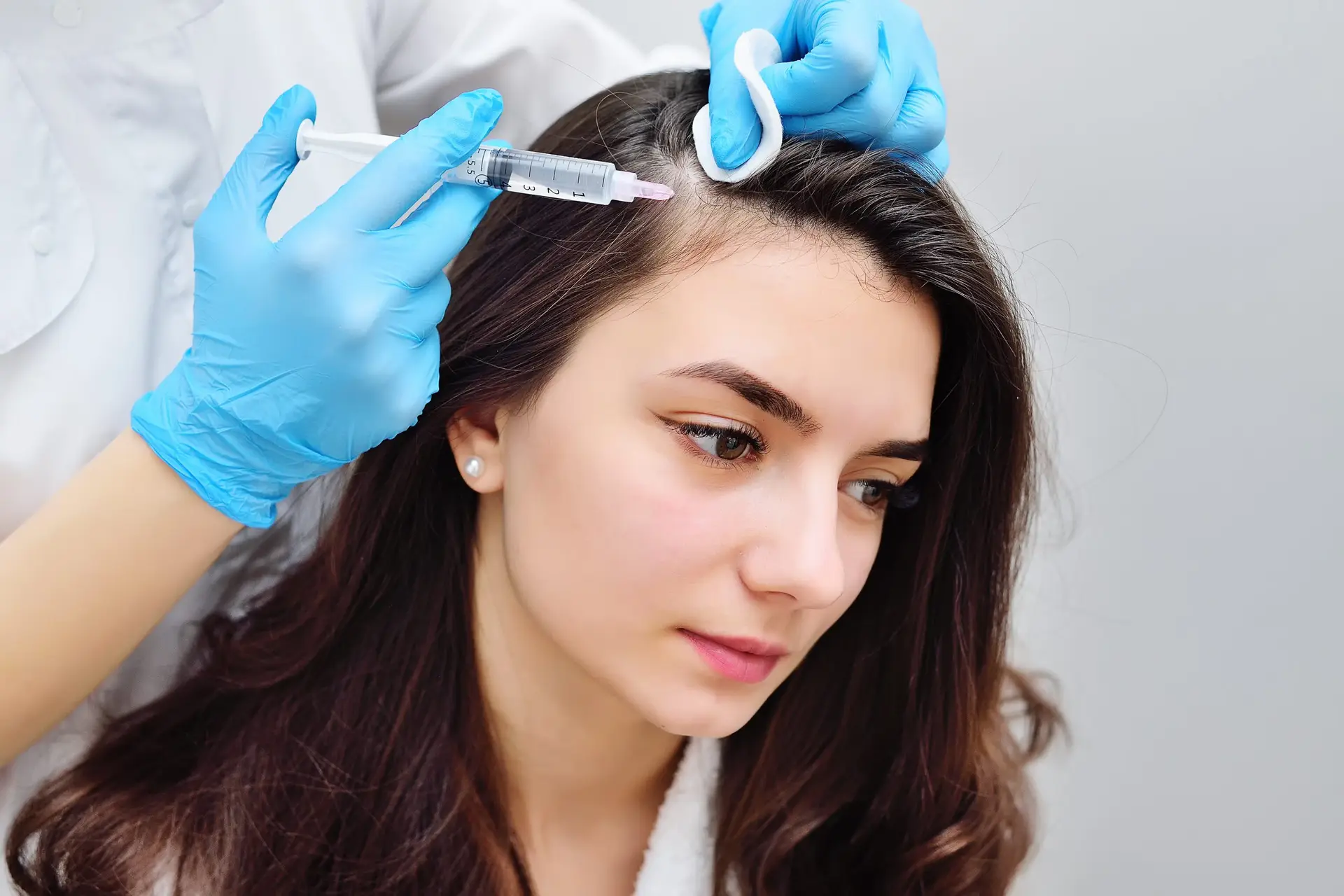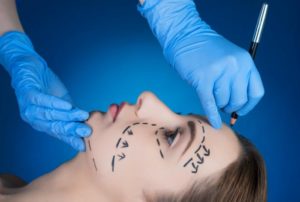How to Treat Hair Loss in Women: Comprehensive Expert Guidance
Hair loss in women is a multifactorial condition that can significantly impact self-confidence and emotional well-being. Unlike male pattern baldness, female hair loss tends to present with diffuse thinning rather than complete baldness, making diagnosis and treatment more nuanced.
Dr Ali Soueid, a renowned plastic surgeon with over 25 years of expertise in hair restoration and cosmetic surgery, shares in-depth insights into causes, diagnosis, and effective treatment options specifically tailored for women.
Understanding the Causes of Female Hair Loss
Hair loss in women, medically known as female pattern hair loss (FPHL) or androgenetic alopecia, is the most common cause, affecting up to 40% of women by age 50. However, other causes include:
- Telogen Effluvium: A temporary shedding phase often triggered by stress, illness, surgery, or hormonal changes such as postpartum or menopause.
- Alopecia Areata: An autoimmune condition where the immune system attacks hair follicles causing patchy bald spots.
- Nutritional Deficiencies: Lack of iron, vitamin D, or biotin can weaken hair growth.
- Thyroid Disorders: Hypothyroidism or hyperthyroidism can disrupt hair cycles.
- Traction Alopecia: Caused by hairstyles that exert tension on hair roots (braids, tight ponytails).
- Medications and Illnesses: Certain drugs or systemic diseases can contribute.
Proper diagnosis is essential because treatment varies widely based on the underlying cause.
Diagnosing Female Hair Loss
Diagnosis begins with a detailed medical history and physical exam, followed by specialised assessments such as:
- Trichoscopy: Dermoscopic examination of the scalp to assess follicle density, hair shaft diameter variability, and scalp health.
- Blood Tests:
Blood tests play a critical role in identifying underlying medical conditions contributing to hair loss. Common blood tests recommended include:- Complete Blood Count (CBC): To detect anemia or infection.
- Serum Ferritin: Measures iron stores, since iron deficiency is a frequent cause of hair shedding in women.
- Thyroid Function Tests (TSH, Free T4, Free T3): To diagnose hypothyroidism or hyperthyroidism, which can disrupt hair growth cycles.
- Vitamin D Levels: Low levels are associated with hair thinning.
- Hormonal Profile: Including androgens like testosterone and DHEA-S, especially if signs of hormonal imbalance are present (e.g., irregular periods, acne).
- Biotin and Zinc Levels: To rule out nutritional deficiencies.
These tests help guide treatment decisions and correct reversible causes of hair loss.
- Scalp Biopsy: Reserved for uncertain or atypical cases to confirm diagnosis histologically.
Effective Treatments for Female Hair Loss
1. Topical Treatments
- Minoxidil: The first-line, FDA-approved topical therapy for female hair loss. Minoxidil 2% or 5% solution or foam promotes follicle enlargement and prolongs hair growth phase.
- Regular application is key; results typically appear after 3-6 months.
2. Oral Medications
- Anti-androgens: Such as spironolactone or finasteride (used off-label), may help reduce the effect of male hormones on hair follicles, especially in women with hormonal imbalances.
- These require specialist supervision due to possible side effects.
3. Platelet-Rich Plasma (PRP) Therapy
PRP involves drawing the patient’s blood, processing it to concentrate growth factors, then injecting it into the scalp. This stimulates dormant follicles, improves blood supply, and promotes thicker, healthier hair growth.
- PRP is minimally invasive, with low risk and no downtime.
- Multiple sessions spaced over months enhance results.
- Dr Ali Soueid utilises high-quality PRP preparation kits and precise injection techniques for optimal outcomes.
4. Low-Level Laser Therapy (LLLT)
Using specialised laser devices or caps emitting red light, LLLT stimulates cellular activity in hair follicles, improving hair density.
- Suitable for mild to moderate thinning.
- Non-invasive and painless with no side effects.
5. Hair Transplant Surgery
For women with advanced hair loss or scarring alopecia, hair transplantation can restore natural density by relocating healthy hair follicles from the donor site.
- Techniques like Follicular Unit Extraction (FUE) allow minimally invasive transplantation with natural results.
- Dr Soueid customises transplant plans considering female hairline patterns and scalp laxity.
Lifestyle and Supportive Measures
- Avoid hairstyles that pull on hair to prevent traction alopecia.
- Use gentle, sulfate-free shampoos and conditioners.
- Maintain a balanced diet rich in protein, iron, zinc, and vitamins.
- Manage stress through mindfulness, exercise, or therapy.
- Avoid harsh chemical treatments or excessive heat styling.
Why Choose Dr Ali Soueid for Female Hair Loss Treatment?
- Over 25 years of plastic surgery and hair restoration expertise.
- Advanced diagnostic tools including trichoscopy, blood testing, and scalp biopsy.
- Comprehensive, personalised treatment plans integrating medical, non-surgical, and surgical options.
- Clinics in Doha (Qatar), Dubai (UAE), and London.
- Commitment to natural-looking, long-lasting results.
When Should Women See a Specialist?
Early intervention is vital to slow progression and maximise treatment success. Women noticing:
- Gradual diffuse thinning
- Widening part or reduced ponytail volume
- Sudden patchy hair loss
- Scalp irritation or redness
should seek specialist evaluation promptly.
Useful References
- NHS – Female Hair Loss
- American Academy of Dermatology – Hair Loss in Women
- Medscape – Androgenetic Alopecia in Women
Final Thoughts
Female hair loss is a complex but manageable condition. With expert assessment and tailored treatments—from topical solutions to advanced PRP and surgical options—women can restore hair density and confidence.
For expert care in Qatar, UAE, or London, book a consultation with Dr Ali Soueid, a trusted leader in hair restoration and cosmetic surgery.
Visit www.cosmesticaestheticplasticsurgery.com for appointments and enquiries.





